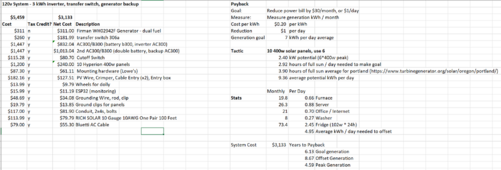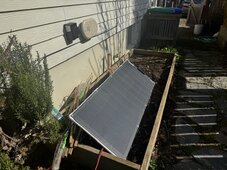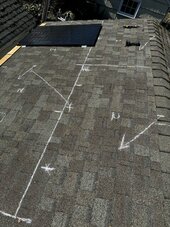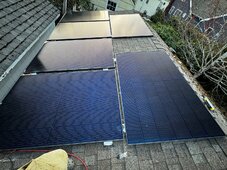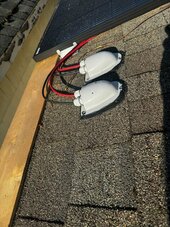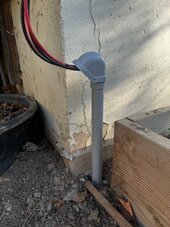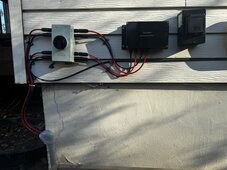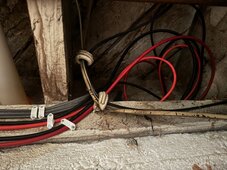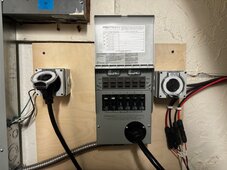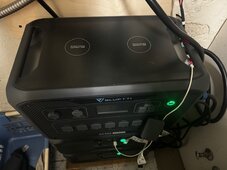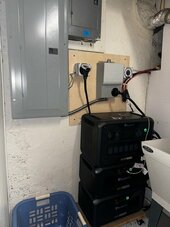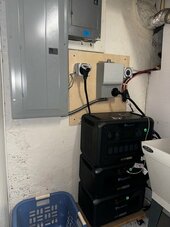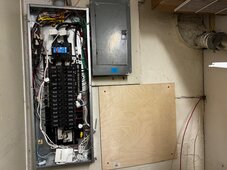TL;DR: For a bit over $3k (after tax break) + my time, I'll offset half (or more!) of my electric use, and this should pay off in less than 5 years - even in rainy urban Portland!
I've been looking into solar for 20+ years, and never had the opportunity to dive in. With the Biden 30% off sale on panels & storage, I decided to take a dip this spring. I'm glad I wasn't a super-early-adopter - compared to what I saw in the 90's, today's gear is practically plug-n-play!
My plan is modest: To cut my electric bill by $1/day & get 'free' air conditioning this summer. After watching hours of videos & consulting the extensive knowledge pool here at Solar DIY on Reddit, I concluded that a small DIY system was the way to go. I'm an engineer, stubborn DIY'er, and the $50k quote I got from a local installer made my head explode, so...
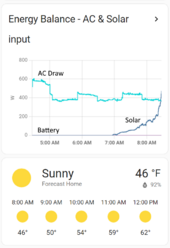

I've been looking into solar for 20+ years, and never had the opportunity to dive in. With the Biden 30% off sale on panels & storage, I decided to take a dip this spring. I'm glad I wasn't a super-early-adopter - compared to what I saw in the 90's, today's gear is practically plug-n-play!
My plan is modest: To cut my electric bill by $1/day & get 'free' air conditioning this summer. After watching hours of videos & consulting the extensive knowledge pool here at Solar DIY on Reddit, I concluded that a small DIY system was the way to go. I'm an engineer, stubborn DIY'er, and the $50k quote I got from a local installer made my head explode, so...





